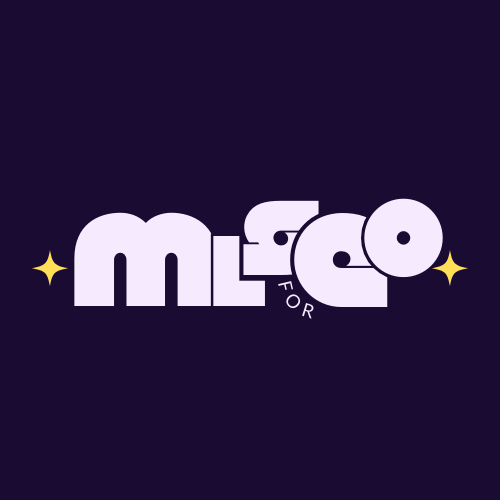Practical: Text Classification of Page Content with Google Natural Language API – Lesson Preview
In this practical lesson, you’ll learn how to classify website or content data using Google’s Natural Language API, a purpose-built, no-code machine learning tool designed for precision and scalability. You’ll see how to automatically categorize thousands of pages or text samples into 1,300+ predefined topics, helping you organize, analyze, and optimize your content more intelligently.
Lazarina walks through two practical workflows: one in Google Sheets for smaller projects, and one in Google Colab with Python for scalable automation. You’ll also explore data visualization with Looker Studio to make sense of your classification results, and discover how to integrate these insights into SEO strategies like improved internal linking, tagging, and semantic content grouping.
Finally, you’ll compare Google’s NLP API with ChatGPT for text classification, learning why purpose-built ML APIs outperform generative AI tools in accuracy, consistency, and scalability.
What you’ll learn (why it matters)
- Run text classification at scale — because automation saves time on content audits.
- Use Google’s NLP API confidently — because it provides reliable, replicable results.
- Visualize category insights — because dashboards make classification data actionable.
- Apply categories to SEO projects — because tagging and linking improve site structure.
- Differentiate between model types — because knowing GPT vs. NLP APIs prevents misapplication.
Key concepts (with mini-definitions)
- Text Classification — assigning text to predefined topical categories.
- Supervised Model — a trained model that predicts categories from labeled examples.
- Confidence Score — a metric showing how certain the model is about each label.
- AutoML — Google’s tool to fine-tune pre-trained models for niche domains.
- Entity Extraction — identifying key topics or names mentioned in content.
- Generative AI — models like GPT that create text but lack classification precision.
- Google Natural Language API — a suite of ML tools for analyzing and categorizing text.
- Looker Studio Dashboard — a visualization tool to explore classification results.
Tools mentioned
Google Natural Language API, Google Sheets, Google Colab (Python), Looker Studio and Screaming Frog.
Practice & readings
- Follow the Google Sheets tutorial to classify up to 1,000 URLs.
- Run the Google Colab notebook to process a larger dataset.
- Optional: Try visualizing your results with the provided Looker Studio template.
Key insights & takeaways
- Purpose-built APIs outperform generative models for analytical precision.
- Text classification reveals structure and relationships in content at scale.
- Visualization turns raw ML output into actionable SEO strategy.
- Google NLP’s confidence scores guide when fine-tuning is needed.
- Integrating categories into tagging and linking improves content architecture.
Ready for the next step? Start your learning journey with MLforSEO
Buy the course to unlock the full lesson
Save hours of manual tagging: learn scalable, machine-powered content classification.
